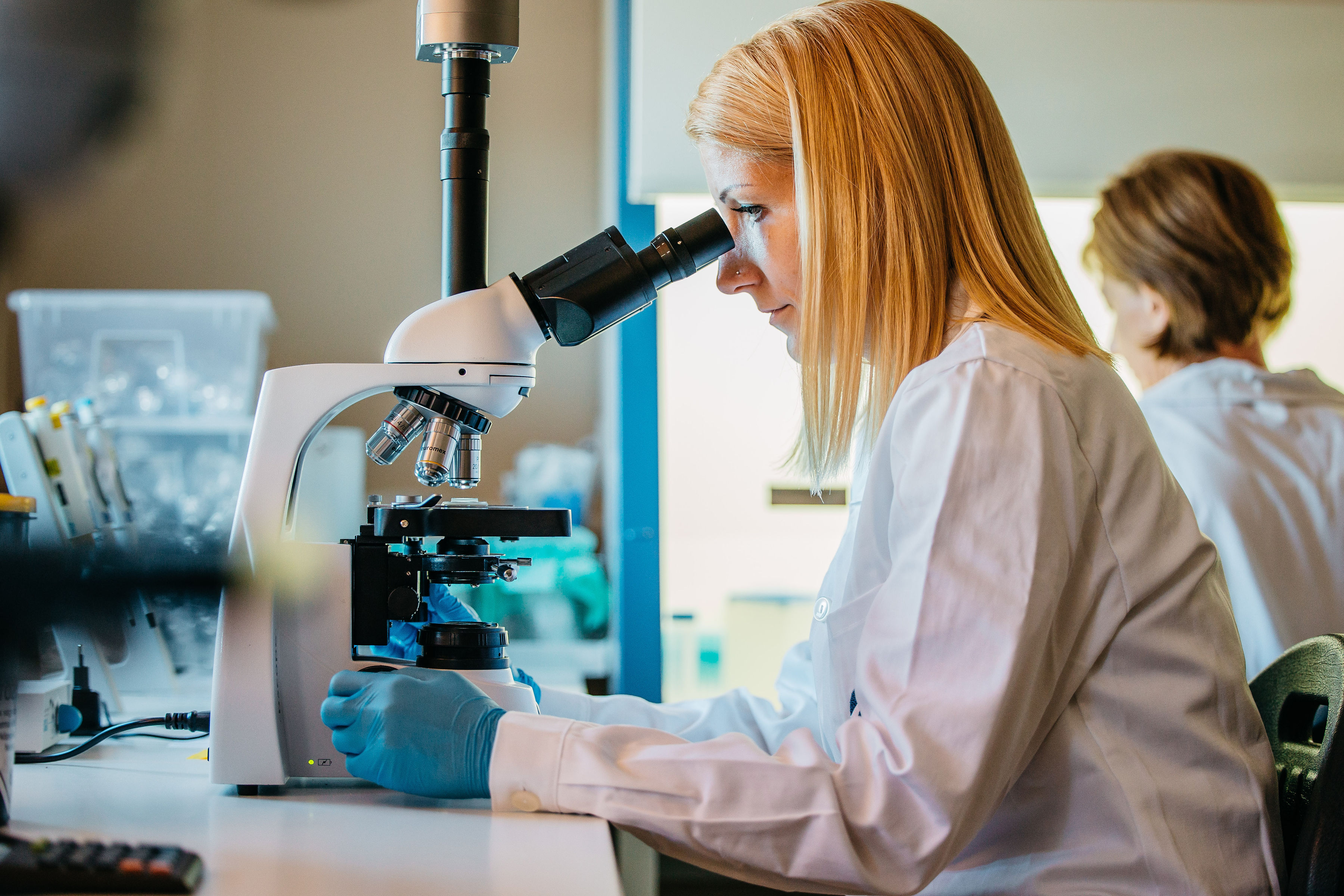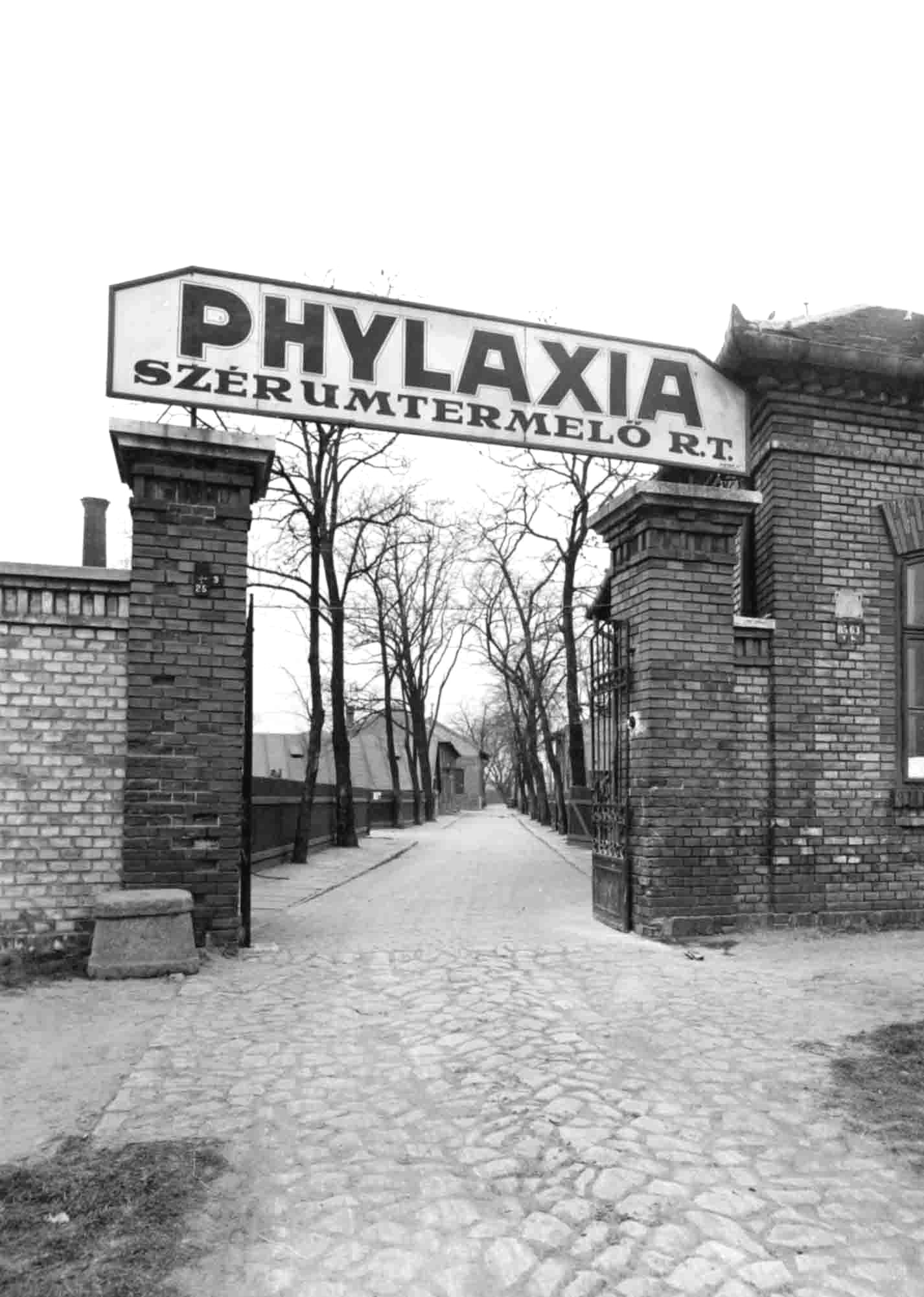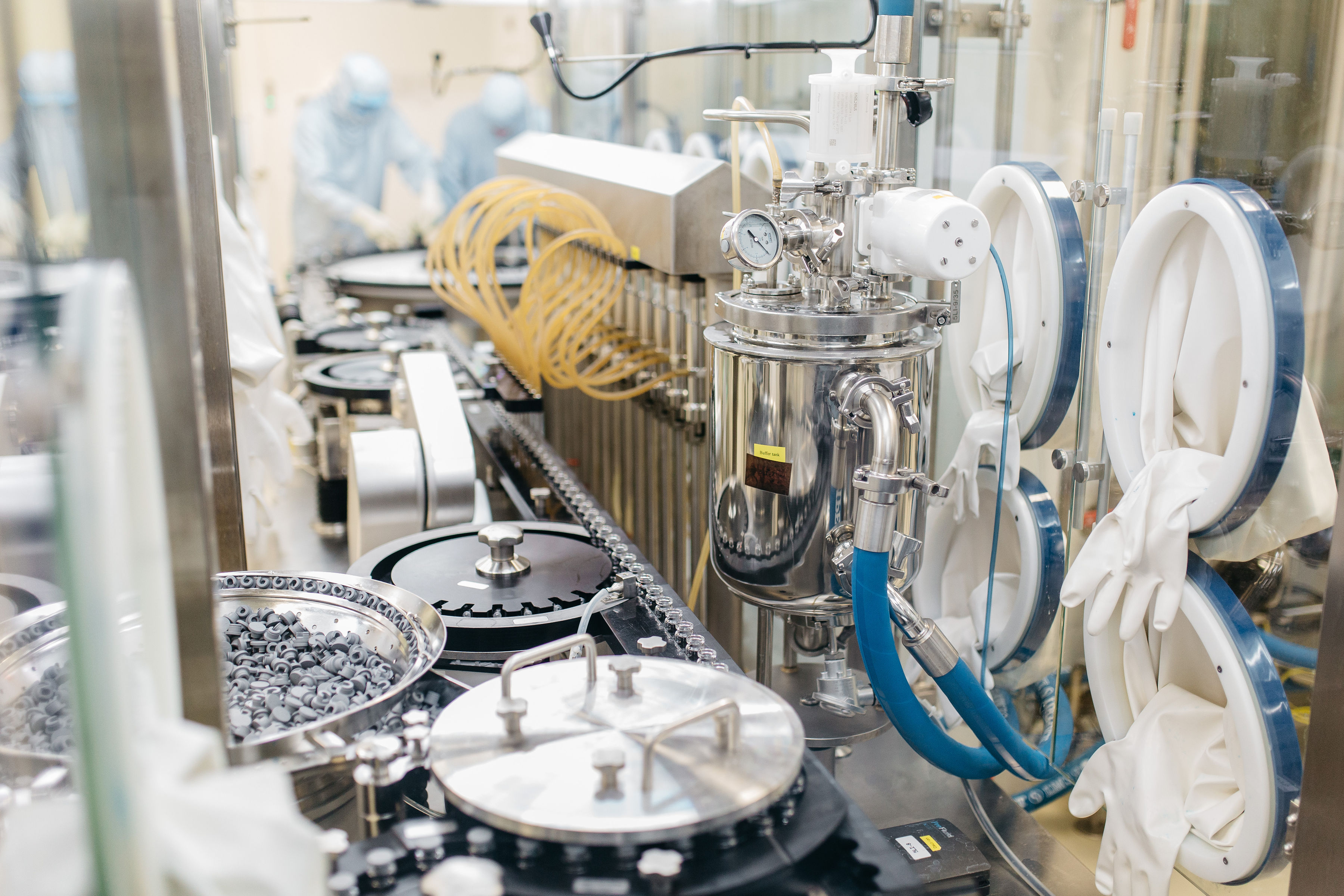
Animal Vaccine Capital in Budapest − Ceva-Phylaxia’s Mission to Make Global Impact
2024. 01. 24.
Who would have thought that Hungary is an animal vaccine powerhouse? Thanks to Ceva-Phylaxia, Hungarian production and research have major impact on global food supplies not least because it is ranked 1st in poultry hatchery vaccines. The stakes are super high: up to 20% of livestock is lost to disease worldwide that could provide 1.6 billion humans with animal protein. No wonder the company is heavily investing into research and disease prevention.
The weather is in stark contrast to the shiny perspectives of the company we visit: icy pouring rain welcomes HIPA at Ceva-Phylaxia’s HQ in Budapest’s Pharma district in Kőbánya. Entry is subject to strict protocol, but a group of newly arrived youngish visitors pass through quickly. They all came for a job interview. As it turns out, this has been pretty much routine in the recent past since the company’s headcount has grown by nearly 400 in the last 18 months. Up to one-fifth of the corporate group’s workforce is now employed here.
Ceva’s global operation can rely on a tradition of 110+ years in Hungary: Phylaxia was founded in 1912 by veterinary professor János Köves, and its history was shaped by other renowned professionals like Aladár Aujeszky or Derzsy Domonkos who are well-known all over the veterinary world. Even diseases have been named after some of them.

"It is not an understatement that we are the flagship entity of the group," GM Tamás Szamkó says.
he adds.
Production capacities are being ramped up as we speak. Accordingly, the Hungarian HQ is more of a construction site, where development is constant. Beside the HQ, in Monor, located near the capital, the EU’s largest cryogenic (deep freezing) storage facility was established with the help of HIPA in value of EUR 26 million. “Over 2.5 million vials can be stored there, and capacity can be doubled if needed,” Mr. Szamkó says.

Buzzword Prevention
Research is a robust pillar of the operation too. More than 90 colleagues carry on the company heritage. The significance of R&D is best showcased by the fact that Ceva spends globally 120M€ a year for that purpose.
“We need to develop new vaccines against diseases for which there aren’t any, and the efficiency of existing vaccines needs to be improved,” the GM sheds light on the importance of their activity. They focus on implementing the so-called “One Health” approach that embraces human and animal health alike.
Mr. Szamkó notes.

Zoonosis, i.e. a disease that can be transmitted to humans from animals, therefore, is a key aspect of it. To date, Ceva has developed over 50 vaccines against no fewer than 19 zoonotic diseases. Moreover, Ceva supports the call from the Coalition for Epidemic Preparedness (CEPI) backed by the G7 and G20 for a shift of paradigm to compress the development time of vaccines.
The stakes are super high. According to WHO’s statistics, every year 20% of the world’s livestock is lost to disease which translates into losses of around 80 billion kg animal protein, equivalent to the annual consumption needs of 1.6 billion people, as estimated by Oxford Analytica for HealthforAnimals.

Multi-Story Swine Farms: Risk and Rescue
The animal vaccine market is vast, valued at USD 14 billion with expected growth rate of nearly 10% thru 2032. Ceva-Phylaxia is riding that growth rate. Since 1999 revenues have grown 13-fold. “We realized early on that in order to feed the world’s population you need to produce meat. That is how we became market leaders in the poultry hatchery segment,” the GM adds.
The global market has witnessed major consolidation. Ceva is now the fifth largest animal healthcare company in the world. And although economic turbulence didn’t leave the sector unscathed, this is still one with massive stability. For livestock is simply needed at all times to feed people.

In recent years, Ceva has also established itself as a world leader in the autovaccine sector. In the vast majority of cases, the range of vaccines available enables farmers to protect their animals against the main threats to the health of their flock. However, sometimes, a specific solution is required in the event of the emergence of a new strain of pathogenic bacteria or virus, or for a disease not covered by one of the registered products. This is where Ceva's expertise comes into play.
“We are equipped to develop farm-specific vaccines that focus on one particular strain. It might sound strange, but it’s definitely worth it for farmers to invest,” Mr. Szamkó says who gives the example of multi-story swine farms in China where the danger of infection or the potential spreading speed can cause enormous damage.

What Keeps the GM up at Night
Based on the above, Ceva’s impact can’t be emphasized enough on the world stage of animal health. Add the large workforce, and you end up with immense responsibility on multiple fronts.
Mr. Szamkó says. Fun fact: it takes a week until someone masters the protocol to enter the immaculately sterile production zone without external control. “And I want everybody to be able to improve in their profession as well.”
The Budapest site supplies a number of products that are uniquely produced only here or in the largest quantities in the Ceva group. “It is of key importance that our products are distributed in the adequate volume and of the best quality all over the world. We play a serious role in global animal healthcare and feeding the world. My colleagues and I all bear a huge responsibility,” Tamás Szamkó concludes.